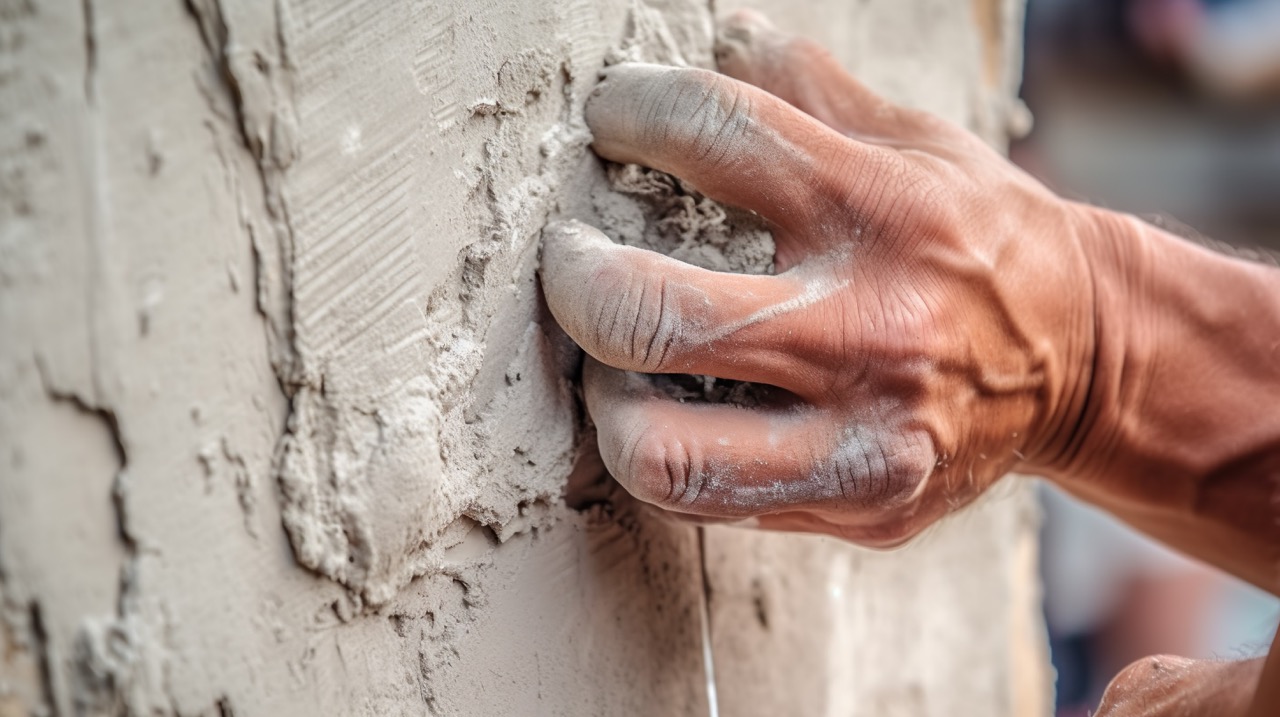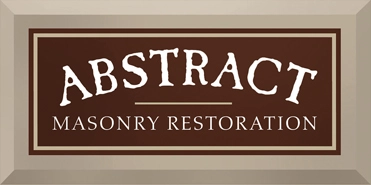History of Stucco
Historic stucco exteriors are known for their timeless beauty and durability. Stucco, a type of cement-based plaster, has been used as an exterior finish for buildings since ancient times. The Greeks and Romans were among the first civilizations to use stucco as a decorative element in their architecture.
During the Renaissance period, stucco became widely popular in Europe and was used extensively in the construction of grand palaces, churches, and other monumental structures. It wasn’t until the early 20th century that stucco became commonly used in residential homes in the United States.
Where Is Stucco Applied?
Stucco is applied directly, without lath, to masonry substrates such as brick, stone, concrete, or hollow tile. This is because these materials provide a solid and durable surface that the stucco can securely adhere to. However, when it comes to wood structures, stucco, like its interior counterpart plaster, must be applied over lath.
The lath, a kind of supporting structure, is crucial in these cases as it provides an adequate key that enables the stucco to hold firmly onto the wood. Without it, the stucco could be prone to cracking or falling off over time, which could compromise the integrity of the building.
Different Types of Stucco Finishes & How to Recognize Them
There are many different styles of stucco, each with its own distinct characteristics. Here are a few of the most common:
- Spanish Colonial: This style is characterized by its reddish color and smooth, even surface.
- Italianate: This style is characterized by its textured surface and use of decorative elements.
- Mission: This style is characterized by its use of natural materials, such as adobe bricks.
- Tudor: This style is characterized by its rough, stony surface.
When It Comes to Repairing Stucco…
Once the cause of deterioration has been identified, it’s crucial to make any necessary repairs to the building structure before addressing the stucco itself. If the underlying issue isn’t resolved, new stucco may also develop problems over time. A failing roof, leaking gutters, or issues with the building’s foundation should all be fixed prior to attempting any stucco repair. If the structure is sound and any other necessary maintenance has been performed, you can feel confident moving on to the stucco repair phase.
Bear in mind that stucco repair should always be left to professionals, as it requires specialized skills and knowledge about the materials and techniques involved.
Various Issues That May Arise with Your Historical Stucco
- Cracks in Your Stucco Exterior: Hairline cracks are common and natural in traditional stucco exteriors, as it is a material that expands and contracts with changes in temperature. However, if you notice large or widening cracks, this could be a sign of a more serious underlying issue.
- Stained or Discolored Stucco: This can happen due to water damage, mold growth, or **sun exposure. Regular cleaning and maintenance can help prevent discoloration.
- Sections of Stucco Bulging or Falling Off: This can be a sign of water damage or improper installation.
- Stucco Surface Erosion: This is often caused by water damage or improper maintenance. It can also be a sign of aging stucco that needs to be replaced.
How to Preserve Historic Stucco?
Patching is preferred over wholesale replacement when it comes to preserving historic stucco. Textured surfaces can easily conceal patches, but smooth-finished stucco may require more careful consideration. It is recommended to carry out stucco repairs in a well-defined area or follow existing scoring.
In some cases, stuccoing an entire wall section may be preferable. Choosing a durable and compatible stucco mix requires trial and error, including weathering test samples to assess durability and color match.
Who Is the Go-to Specialist for Preserving Historic Stucco?
Successful stucco repair requires the skill and experience of a professional plasterer. These experts understand the unique characteristics and requirements of stucco exteriors, especially those on historic buildings. They are adept at identifying the nature and severity of the damage and can recommend the best course of action. This often includes cleaning the existing stucco surfaces with a garden hose or bristle brush and wearing protective eyewear and rubber gloves for safety. Moreover, they can expertly:
- Fill hairline cracks
- Match the texture and color of the existing stucco
- Give advice on regular maintenance to preserve the integrity of the surface
These stucco repair materials are readily available at hardware stores. Remember, while it may be tempting to try a DIY approach, preserving the look and longevity of a historic stucco exterior is a task best left to professionals.
When It Comes to Stucco, Trust the Experts
Maintaining a historic stucco exterior requires regular maintenance and repairs to ensure its longevity. Understanding the different types of stucco finishes, recognizing common issues, and enlisting the help of a professional plasterer is key to preserving this beautiful and timeless building material for future generations to enjoy.
With proper care and attention, your historic stucco exteriors can continue to tell the story of our architectural past. So, if you are fortunate enough to own a historic building with stucco exteriors, take pride in its preservation and make sure to prioritize its upkeep for years to come.




